- Fashioned
- Posts
- Can Pet Fashion Be More Than Novelty?
Can Pet Fashion Be More Than Novelty?
People splurge on their furbabies but connecting with pet owners isn't so on the nose.
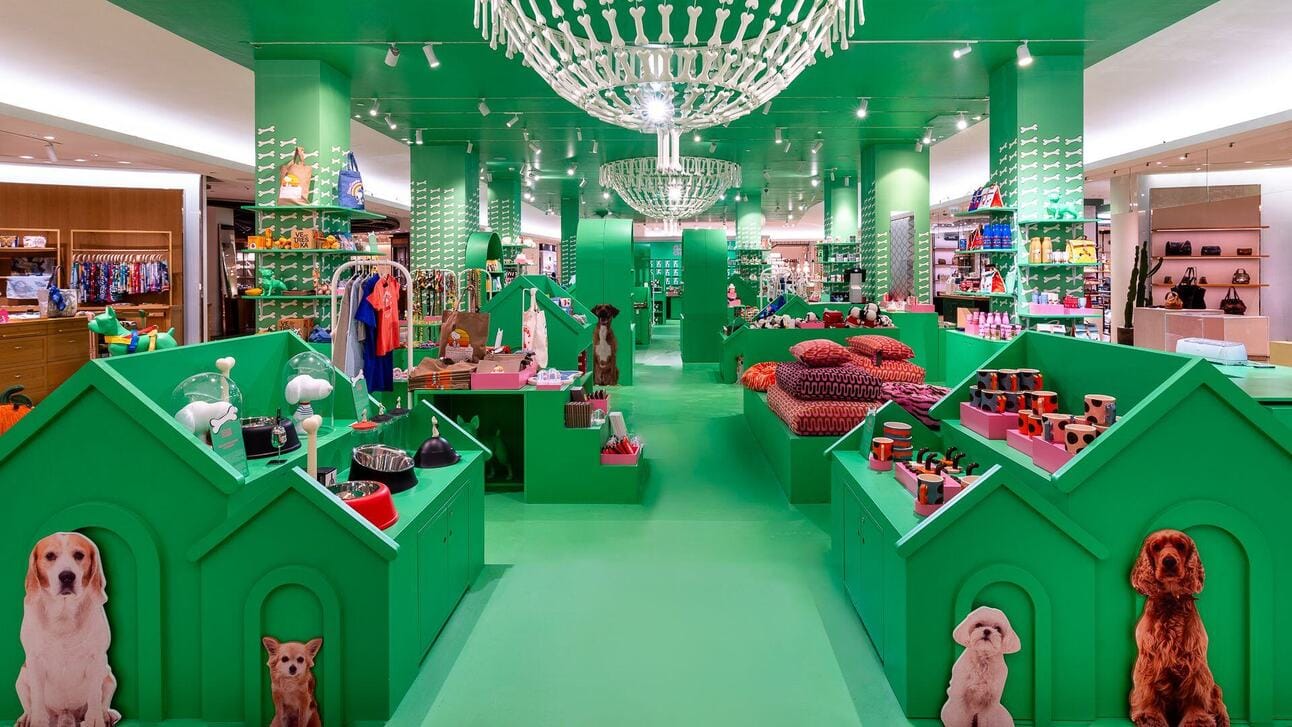
Launched during Paris Fashion Week, Le Bon Marche's pet-themed pop up runs until late April.
I flip flopped about the topic of this post so many times before sitting down to write it. Because if you know me even a little bit, you’ll know that approximately a third of my personality is my dog (follow him here, if you please).
So when I initially spotted the signs of a deepening collective pet obsession—like Le Bon Marche’s insane multi-floor pets pop-up, the expansion of a “Soho House for dogs”, or the complimentary pup portraits Marc Jacobs offers to be painted on any leather bag purchase, I dismissed my brain’s urges to shout trend! I figured it was my little echo chamber with an algorithm that knows I double tap content about good boys, big stretches, and The Dogist.
But the evidence kept on piling up the past couple of weeks until I felt confident enough it wasn’t just my own blinkers. There was the dog that someone purchased for $5.7 million, making it the most expensive canine ever sold. And the fact that Chewy.com, the dominant pet e-commerce player in the US, reported full year earnings that strongly beat expectations, even as the broader economy trembles around tariffs and inflation fears.
Adding further to the pile was this Nikkei article about Asia’s pet boom. In China, pets now outnumber children under age four—a dramatic cultural shift considering that just five years ago dogs were classified as livestock. In South Korea, a country that has the lowest birth rate of any wealthy nation, dog strollers outsold strollers for babies for the first time last year—apropos for a nation whose freshly-ousted president is childless but has upwards of 10 dogs and cats (including some gifted by Kim Jong Un).
Asians adore their animals but ditto for owners in the US and the UK, and notably the pet category is a corner of consumer spending that’s known to be recession-resistant. A 2025 Rover report showed that although people were concerned tariffs would make their pet expenses rise, a third (34%) say pet spending is one of the last categories they would cut if budgets were tight.
While it’s clear the global pet economy is on the up-and-up, it’s fuzzier to me if pet fashion, a much narrower sliver, is anything more than novelty. The typical media treatment on the topic is to gawk at an outrageously priced item like a $930 dog coat but there’s a difference between shilling out for a year’s worth of fresh “human-grade” food for your pet or paying for daycare (easily $1,000 a month in major US cities) vs. buying a few fun outfits.
Speaking of fun outfits, here’s my dog Potato in a Thom Browne-dupe cardigan.
It’s true that labels across the style spectrum have lapped up the pet wear trend. Anthropologie, Abercrombie, Skims all the way up to luxury fashion labels like Goyard, Moncler, and Louis Vuitton have done pet clothing and accessories. But they’re not a core part of the collection and some appear to be one-offs.
There’s a surprisingly good range if you’re in the market for a dog cashmere sweater, with Lingua Franca, Falconeri, and Ralph Lauren in the game. (Quick shout out to Staud for its $150 poop bag carrier because polyethylene definitely needs to be stored in a leather bag.)
To get a fuller sense of the number of brands doing dog wear, just browse the wardrobe of Tika the Iggy, an Italian greyhound influencer who is probably the most fashionable canine on the internet. It was through Tiggy modeling some bright fluffy sweaters that I was first introduced to the designer brand Christian Cowan. It took me an embarrassingly long time to realize Cowan was not a pet brand but actually did clothing for humans too.
There’s also something to be read in the tea leaves of Vogue last year publishing a special dog-themed issue. Then this March, Assouline released a new tome called Chic Dog, retailing for $120. This wasn’t just a dog book—because Rizzoli and others have done those before—but specifically about style-forward pets.
Extra? I don’t disagree. But this all is thanks to a new generation that has humanized their furbabies. Owners are masters no longer, they’re paw-rents. As one pet food executive observed: “pets have gone from the backyard to the living room to the bedroom.”
But I’m convinced that while this is a growing segment, it remains niche. Most of the $122 billion+ global pet market (per Morgan Stanley) is spent on essentials like food, vet care, and grooming. Food alone makes up nearly half of all pet spending. The bank’s report did not break out pet fashion but another firm’s calculation put the pet clothing market size at $5.79 billion in 2024, meaning it contributes less than 5%.
Some dogs, like my Maltese, do need a wardrobe for the winter. That’s also true for short-hair types like Frenchies (which recently became the most popular breed in America), Whippets and Chihuahuas. Even larger breeds like Vizslas can benefit from some clothing. But putting outfits on hardier dogs that have a double coat like a Labrador or Border Collie—even to someone like me—doesn’t seem that cute. It could even start to seem cruel.
Chewy.com sells fashion on its site but it also tells its customers that dogs shouldn’t be in clothes for more than a few hours. “Unless they need protection from the elements for extended periods, it’s usually a good idea to give your dog a break from wearing apparel like sweaters, coats, tees, vests, and other clothing,” the company warns. “Extended wear may be uncomfortable or even cause distress or overheating.”
If I were a brand today, I’d be paying close attention to the generational cultural shift around pets. But I don’t think fashion companies need to be too on the nose about it. It’s less about pumping out pet products and more about understanding the psychology of a customer who happens to be a pet parent. Not every brand needs to launch a pet line—the unit economics may not make sense because things like minimum order quantities exist. But when stores like Pamela Love and Lululemon offer my dog a treat while I shop, it’s a simple gesture that goes a long way.
My dog is one of those much-maligned tiny purse-dogs. I have thrown a birthday party for him that had over 40 attendees (my birthday dinners in contrast have about 4 people) and I’ve taken down the number of a pet psychic who charges $75 per session. I have not booked them yet but there are vague plans to see if it can help me figure out why he’s fine going up the stairs but is scared of going down.
Despite my sometimes daft spending, I have no desire to get a designer purse for him. For the past four years, we’ve used a cheap sling bag that I call the “Potato sack”. It costs $8 and I replace it whenever its humble white fabric turns a muddy gray. Ultimately, I think companies like Marc Jacobs have it right. Don’t sell me a fancy dog carrier. Sell me something that lets me wear my love for my dog on my sleeve (or the side of a smooth-leather flap purse).
What Else Is On My Mind
Before any talk of tariffs, a little levity. (I would genuinely like to hear first-hand reviews of the new Shark LED mask though.)
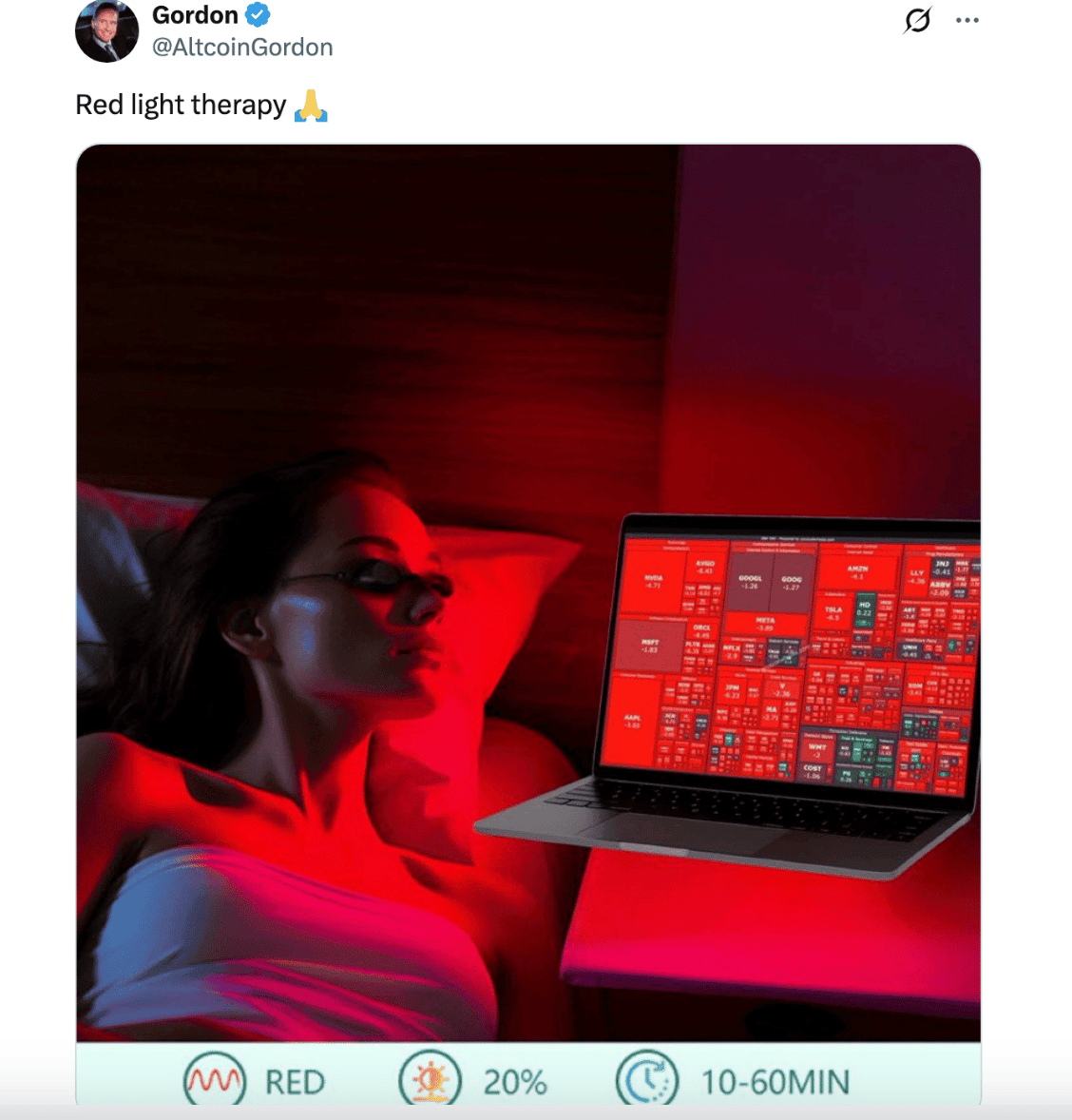
But yes, those nasty tariffs mean Chinese goods are getting redirected elsewhere and that’s exacerbating “China shock” (i.e. when uncompetitive local industries get flooded by vast amounts of affordable goods, derailing entire sectors.)
See Indonesia:“Southeast Asia’s biggest economy lost roughly a quarter-million jobs in the textiles and apparel industry over the last two years, according to the Indonesia Fiber and Filament Yarn Producer Association, which has estimated another half-million are at risk in 2025—effectively wiping out one of four jobs in the sector in a matter of years. That pace is considerably faster than the ‘China Shock’ that claimed as many as 2.4 million US jobs from 1999 to 2011.”
In fact, China is now experiencing its own version of “China shock”.
A long read (but well worth it) in The New Yorker examining how Jonathan Anderson has reshaped Loewe. First of all, the writer Rebecca Mead gets to walk around the Prado with Anderson gazing at Rubens, Titian and Goya together—talk about envy-inducing interview setup. But also the print headline for this piece was "Steal, Adapt, Borrow” and with all the hand-wringing about ChatGPT’s images ripping Studio Ghibli in recent days, it makes me a little bit more hopeful about the future.
Here is how Anderson defines creativity:
“‘Authenticity is invaluable. Originality is nonexistent. Steal, adapt, borrow. It doesn’t matter where one takes things from. It’s where one takes them to. Devour old films, new films, history books, paintings, photographs, poems, dreams, whatever. Only steal from things that speak directly to you. If you do this, your work will be authentic.’ He also noted, ‘This speech contains a lot of theft’—a sly way of acknowledging that his ‘steal, adapt, borrow’ riff was on loan from the director Jim Jarmusch.”I’ve been reading up on robotics because of all the lines coming out of the Nvidia developer conference. (If Jensen Huang’s own kids are in physical AI, that’s pretty indicative iyam.) But also because Unitree’s G1 humanoid robot and its robotic dog just walked the runway at Shanghai Fashion Week.
Property tycoon and IFC malls owner Lee Shau Kee passed away. That leaves only Li Ka Shing, age 96, left of his generation from Hong Kong’s four big families. Lee’s two sons have taken over as planned but let’s also use this juncture to remember that fellow Hong Kong developer New World is not only in distress, the Cheng family still has no clear successor in place.
People are selectively shoplifting from Jeff Bezos because apparently there is honor among thieves.
Lululemon didn’t post great results. Tariffs, inflation and the usual suspects are all up in the mix but I was surprised to learn that the CEO thinks that one of their major problems is low brand awareness. Call me Lulu-pilled?
Did you know that secretive retail billionaire Donald Bren, who owns important malls like Fashion Island Newport Beach, is the landlord to pretty much the entire city of Irvine in Southern California?
Some beauty packaging visual ASMR for these uncertain times. You’re welcome.
Comments or questions? Drop me a note below. And if you know someone who would enjoy this newsletter or find it useful, go ahead and share it with them.

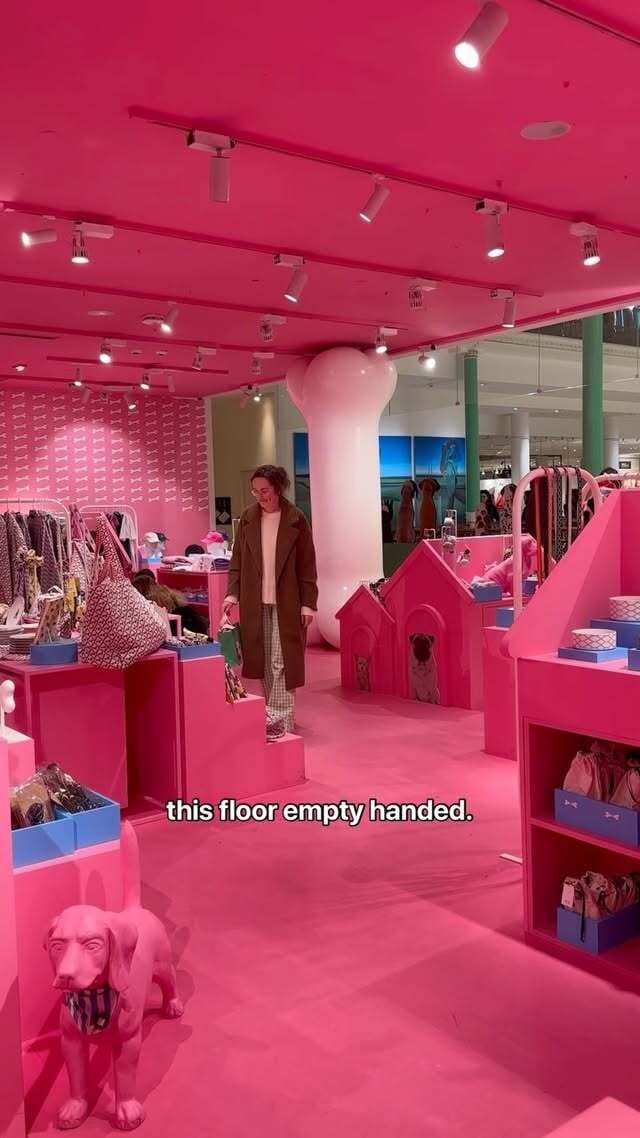




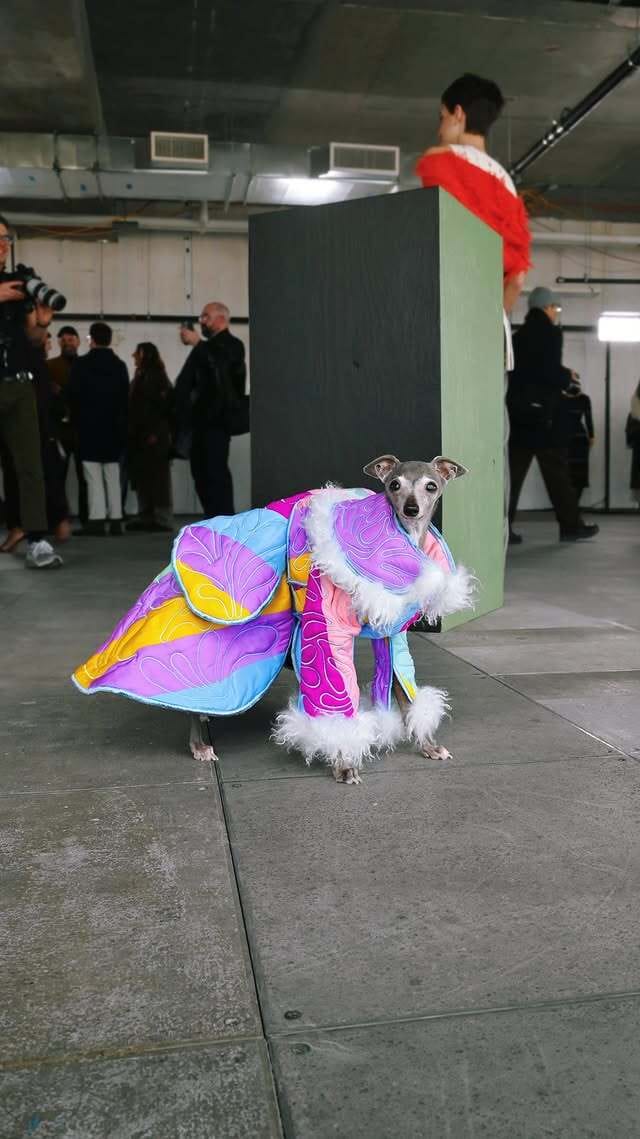

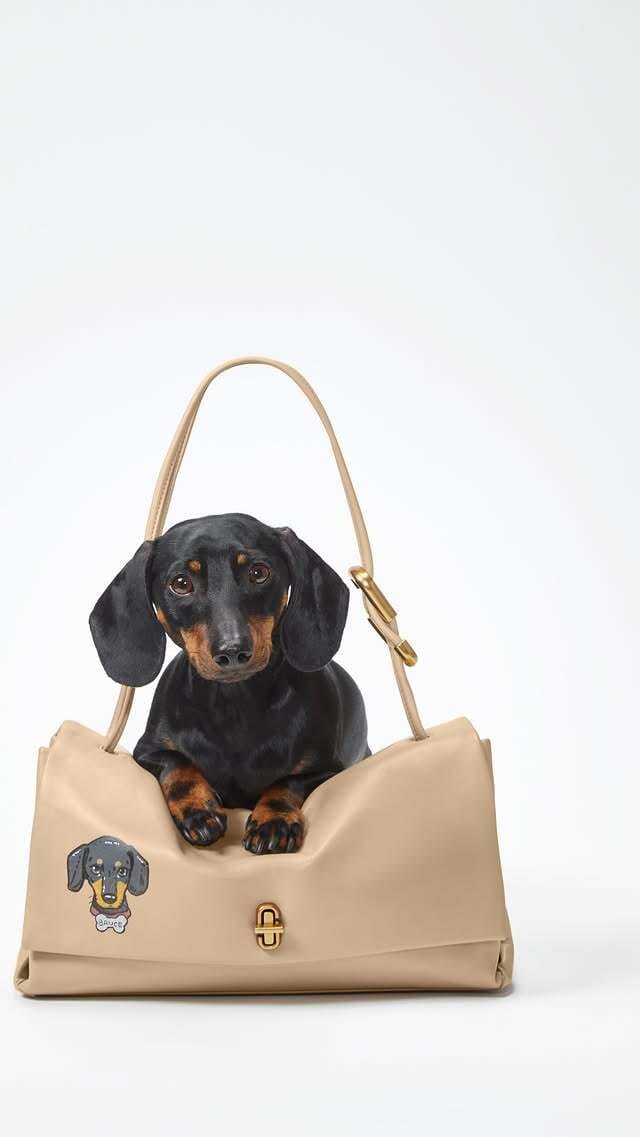

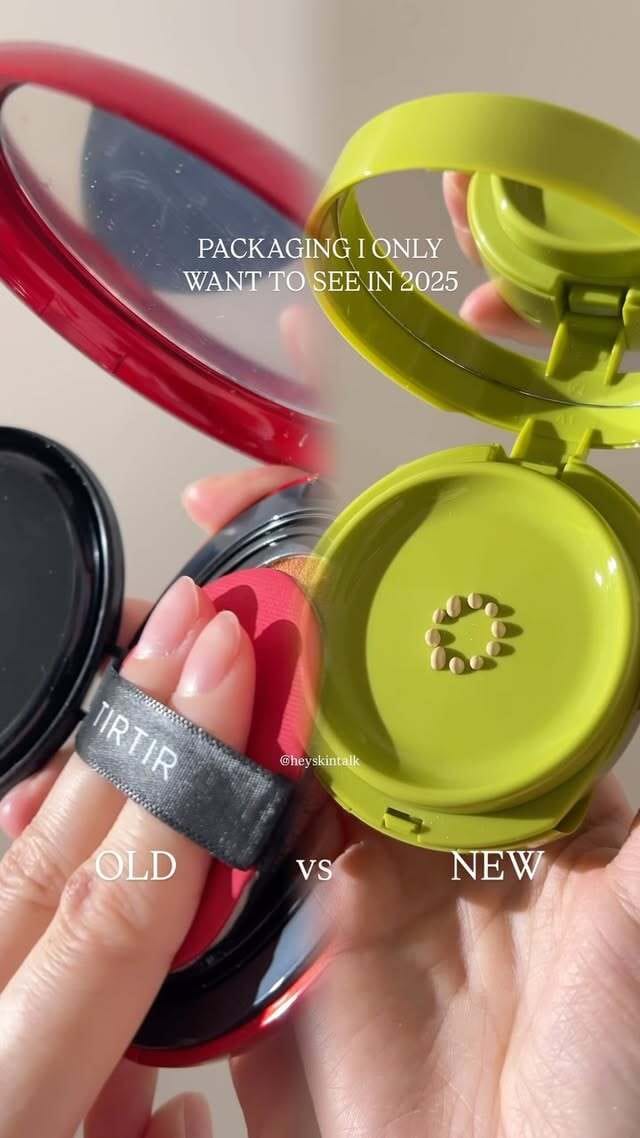
Reply